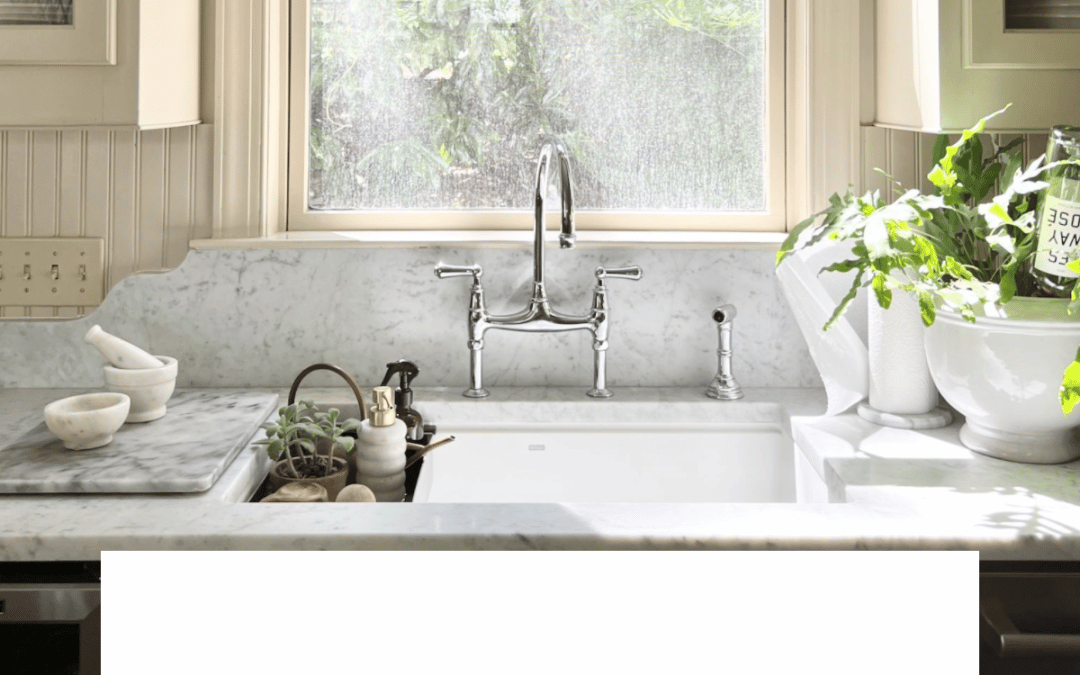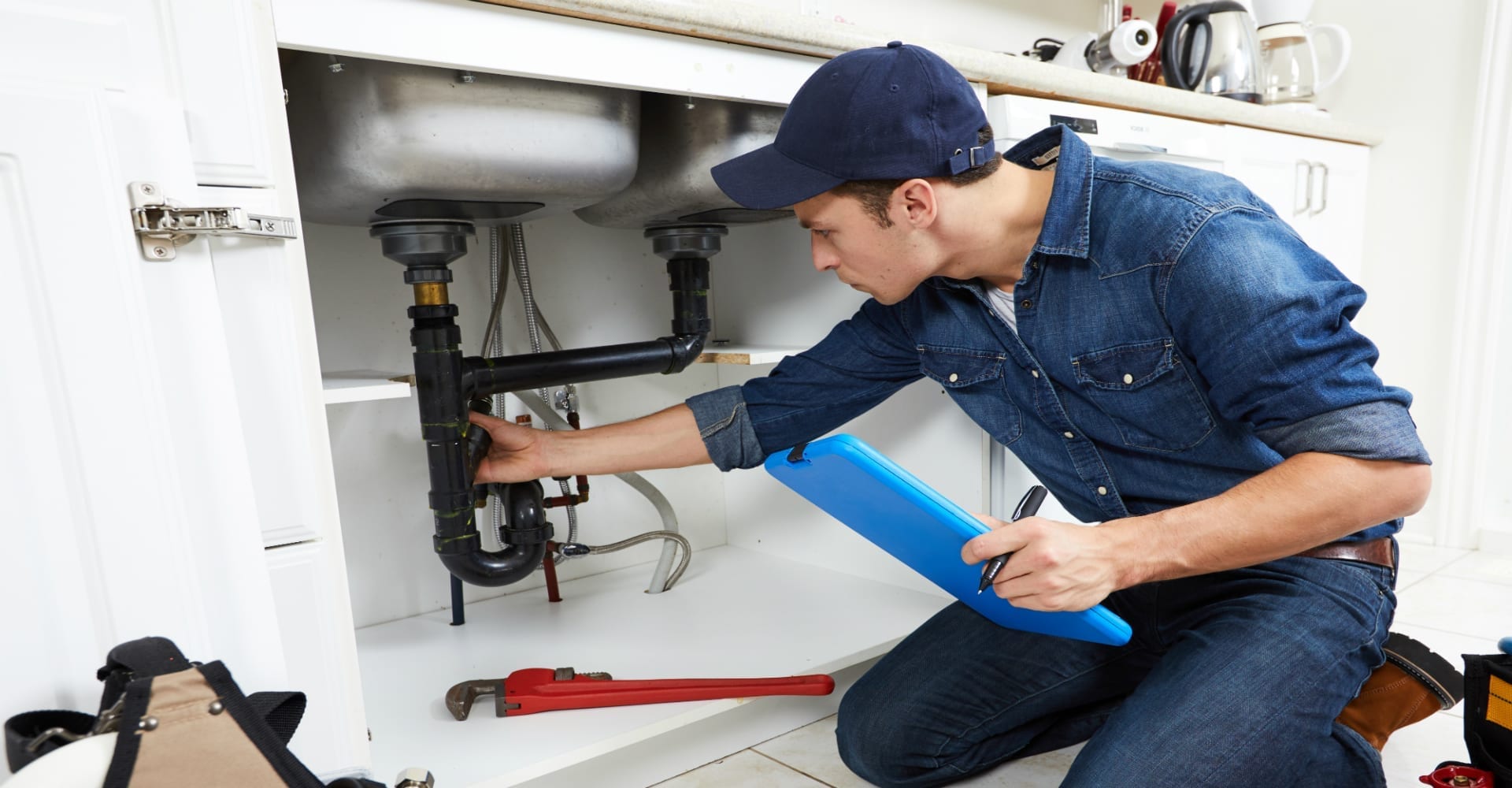Avoid the Freeze: Five Essential Hacks to Keep Your Pipes From Bursting This Winter
Avoid the Freeze: Five Essential Hacks to Keep Your Pipes From Bursting This Winter
Blog Article
Have you been in search of ideas on Winterizing Your Pipes?

All property owners who live in temperate climates need to do their best to winterize their pipelines. Failure to do so can spell calamity like frozen, split, or ruptured pipes.
Try a Hair Clothes Dryer or Heat Weapon
When your pipes are nearly freezing, your reliable hair clothes dryer or warmth weapon is a blessing. If the warm towels do not aid displace any kind of working out ice in your pipes, bowling hot air directly into them may help. You may finish up damaging your pipes while trying to thaw the ice.
Open Up Closet Doors Hiding Plumbing
When it's cool outside, it would certainly be valuable to open up cupboard doors that are camouflaging your pipelines. Doing this little technique can keep your pipes cozy as well as limit the possibly harmful outcomes of freezing temperature levels.
Take Some Time to Wrap Exposed Piping
One very easy and cool hack to heat up freezing pipelines is to cover them with warm towels. You can cover them initially with towels. After securing them in place, you can put boiling water on the towels. Do it slowly to allow the towels take in the fluid. You can likewise make use of pre-soaked towels in hot water, just don't neglect to wear safety gloves to guard your hands from the warm.
Turn On the Faucets
When the temperature level drops as well as it appears as if the icy temperature will last, it will certainly help to switch on your water both inside and outdoors. This will certainly keep the water moving through your plumbing systems. Furthermore, the activity will decrease the cold process. Especially, there's no need to turn it on full force. You'll wind up wasting gallons of water this way. Rather, go for about 5 drops per minute.
Turn off Water When Pipelines are Frozen
Switch off the main water shutoff immediately if you discover that your pipes are totally frozen or nearly nearing that phase. You will normally locate this in your cellar or laundry room near the heating system or the front wall surface closest to the street. Transform it off immediately to avoid additional damages.
Do not fail to remember to shut outside water resources, as well, such as your connection for the yard residence. Doing this will certainly protect against added water from filling out your plumbing system. However, with more water, even more ice will certainly accumulate, which will at some point cause rupture pipelines. If you are unclear concerning the state of your pipelines this winter months, it is best to call a specialist plumber for an examination. Taking this proactive strategy can conserve you countless dollars out of commission.
All homeowners that live in warm climates have to do their finest to winterize their pipes. Failure to do so can mean disaster like icy, split, or burst pipelines. If the hot towels do not assist dislodge any kind of working out ice in your pipes, bowling warm air directly right into them may assist. Turn off the primary water shutoff instantly if you notice that your pipelines are totally icy or almost nearing that phase. With more water, even more ice will load up, which will eventually lead to break pipelines.
PREVENT YOUR PIPES FROM FREEZING THIS WINTER
A Leading Cause of Property Damage
When the weather is taking a deep nose dive into the cold dreary days, the risk of your pipes freezing and potentially bursting skyrockets. Unfortunately, during these cold dreary months, burst pipes are the most common denominator for property damage. The pipes that are most at the risk are those that are in areas where it is most cold in your home. For instance, pipes located in interior places such as basements, attics, and your garage. Unfortunately, that doesn’t mean that the pipes running through your cabinets or exterior walls can’t freeze. Good news, however, is that you can do things to help prevent pipes from freezing.
How to Prevent Pipes From Freezing
Once the temperature starts to drop during the winter, you should be taking the proper measures needed to ensure that your pipes stay warm and that there is circulation of water through them. Some steps that experts may recommend could go against your better judgement when it comes to saving water and heat. However, it would go without saying that when expenses are compared, damaged pipes could put a bigger dent in your wallet than a water bill.
What Can I Do?
Keep your garage door closed. This is very important, especially if you have water supply lines running through your garage. Open your kitchen and bathroom cabinets to allow warm air to circulate through them. Allow air circulation throughout your home. Keeping the interior doors open will once again allow the warm air to circulate inside your home. Ensure your thermostat is running the same temperature throughout the night and day. If you plan to be away from home during the cold months, set your temperature no lower than 55° F. This should provide enough heat to keep the pipes warm and prevent any remaining water inside the pipes from freezing. For more of a long-term solution, add insulation to attics, basement, and other crawl spaces around your home. By allowing your faucet to drip, it will alleviate pressure in the system. This is important because the pressure that is created between the blockage and the faucet can potentially cause the pipes to burst. Allowing the faucet to drip will prevent the pressure from building up, therefore keeping the pipes from bursting. Seal any cracks, openings, and crawl spaces around your home to prevent cold air from coming inside. This keeps your pipes-not to mention your home-warmer and less susceptible to issues caused by freezing temperatures. For the pipes in your home that are easily accessible, applying electrical tape to them might prevent them from freezing over. This is a quick fix, as you can apply the tape directly to the pipe. There are two options for heating tapes. One turns on and off by itself when it senses heat is needed. The other type of heating tape needs to be applied when heat is needed and removed when not necessary. If you have exposed pipes in your home, you can check this website to take a look at a few options that would be available at a shop near you.

As a devoted person who reads on Winterizing Your Pipes, I was thinking sharing that excerpt was beneficial. Sharing is good. Helping others is fun. Thanks a lot for your time. Please pay a visit to our website back soon.
Book An Appointment Report this page